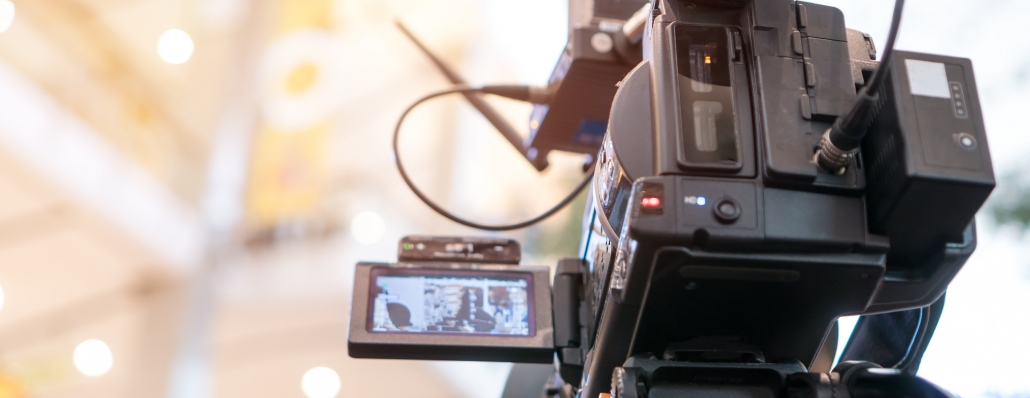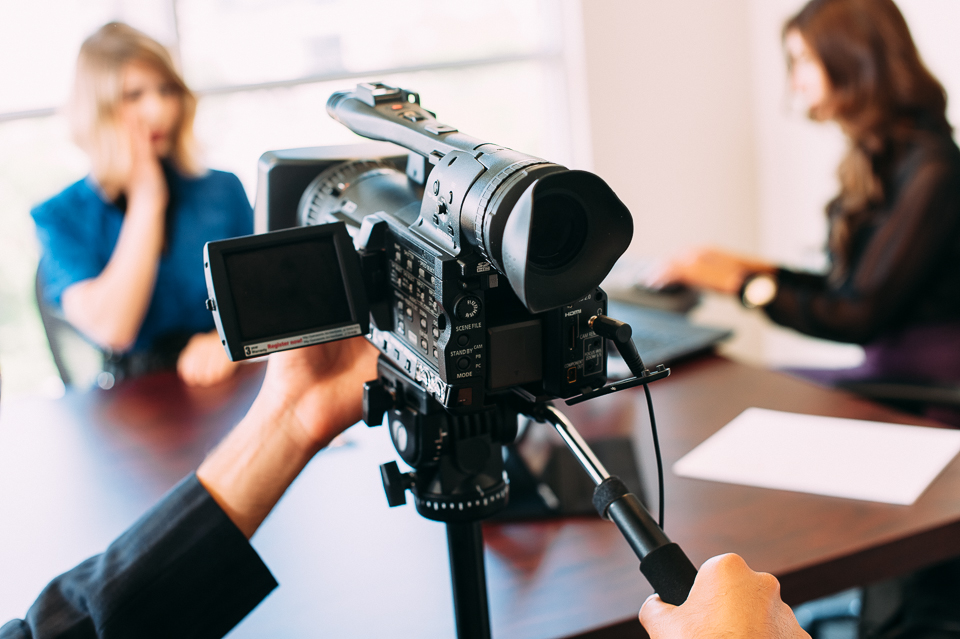Legal Videography: A Comprehensive Guide to Recording Depositions
Legal Videography: A Comprehensive Guide to Recording Depositions
Blog Article
Recognizing the Value of Videography in Legal Process
The integration of videography into legal procedures has become a significant factor in the presentation and analysis of evidence. By catching aesthetic components such as body movement and face expressions, videography boosts the narrative surrounding witness testimonies and can exceptionally affect jury perceptions. As the lawful landscape progresses, understanding its effects on reliability and quality ends up being necessary for legal specialists. What ideal techniques should be adopted to maximize its effectiveness, and how might future improvements improve this critical facet of the judicial process?
Role of Videography in Evidence
Videography plays a significantly crucial function in legal procedures, functioning as a powerful tool for offering evidence. The integration of video clip recordings into the legal structure allows for a more vibrant representation of truths, allowing jurors and courts to envision events as they transpired. This visual paperwork can encompass a variety of materials, consisting of surveillance video footage, taped witness testaments, and expert demos, all of which can dramatically improve the evidentiary landscape.
One of the primary benefits of videography is its capability to record subtleties that might be lost in created accounts. Face expressions, body movement, and situational context can offer crucial understandings, assisting to share emotions and objectives that text alone can not. The usage of video clip proof cultivates a much more appealing court experience, possibly aiding jurors in recognizing complex cases.
As innovation advancements, the high quality and access of videographic evidence have actually enhanced, making it an important part of modern lawful methods. Courts significantly identify the value of video clip as a reputable source of info, triggering lawful experts to adapt their methods for evidence presentation. Inevitably, videography offers not just to highlight facts but additionally to improve the total honesty of the judicial procedure.

Enhancing Credibility and Clarity
A significant benefit of including videography in legal proceedings is its ability to improve both credibility and clarity of proof provided in court. Videographic evidence can capture nuances that written documents may ignore, such as tone, body language, and context. This graph allows judges and courts to much better comprehend the situations bordering the situation, thus promoting a much more accurate understanding of the events concerned.

Furthermore, the quality afforded by videography lowers the likelihood of misinterpretation that can occur from textual summaries. This accuracy is specifically essential in complex situations, where information can be easily misconstrued. Ultimately, by presenting evidence in a visually available layout, videography not just strengthens the integrity of the judicial process yet likewise sustains enlightened decision-making by those associated with lawful process.
Influence On Court Understanding
The addition of videographic evidence dramatically affects jury assumption, commonly resulting in much more involved and educated deliberations. Jurors are commonly much more receptive to aesthetic information, which can improve their understanding of intricate situations. Videography presents facts in a manner that is both easily accessible and compelling, permitting jurors to get in touch with the proof on a more individual degree.
Moreover, the ability to witness events as they took place can stimulate psychological responses that created records or spoken testimonies may fail to elicit. This psychological engagement can lead jurors to create stronger viewpoints concerning the integrity of witnesses and the overall story of the situation. The graph of proof likewise helps in making clear obscurities, making it much easier for jurors to understand the context and significance of the details presented.
In addition, videography can offer as a click this site powerful tool for narration, making it possible for attorneys to create a persuasive story that resonates with the jury. When jurors can imagine scenarios and witness key moments, their capacity to deliberate attentively and reach a well-informed judgment is considerably enhanced, inevitably impacting the end result of legal procedures.
Best Practices for Legal Videography
Carrying out best practices in lawful videography is crucial for making certain that aesthetic proof is both effective and legitimate in the courtroom. Pick competent specialists who specialize in lawful videography to make sure the technical top quality of the recordings. This includes making use of high-resolution cams and expert audio tools to capture clear visuals and noise.
2nd, preserve click to read more appropriate documentation throughout the recording procedure. This includes developing a detailed log that includes timestamps, descriptions of the content, and the identifications of all individuals existing. Such documents can strengthen the credibility of the video clip.

Furthermore, think about the use of proper editing methods. While it is essential to preserve the initial material, small modifications for clearness-- such as improving audio levels-- can enhance the total presentation without altering the material.
Future Trends in Legal Videography
As legal videography proceeds to evolve, arising modern technologies and methods are forming the future landscape of aesthetic evidence in the court room (Legal Videography). One considerable pattern is the combination of high-def and 4K video clip high quality, improving the clarity and information of taped testimonies and evidence. This better resolution help jurors in thoroughly reviewing the reliability of witnesses and the nuances of the presented products
Furthermore, using expert system (AI) in more information video evaluation is getting grip. AI tools can assist in recognizing essential moments in video footage, generating transcripts, and also assessing non-verbal communication, which offers much deeper insights into witness reputation. Furthermore, online fact (VR) and enhanced truth (AR) are poised to change just how proof exists, enabling jurors to immerse themselves in crime scenes or circumstances, thus cultivating a much more extensive understanding of the context.
Conclusion
In recap, videography functions as an indispensable tool in legal process, improving the discussion of proof and improving the general understanding of cases. By capturing non-verbal hints and bolstering the integrity of witness accounts, videography dramatically affects jury perception and decision-making procedures - Legal Videography. Complying with finest practices ensures the performance of lawful videography, while arising fads assure to more augment its function in the judicial system, ultimately fostering a more educated and engaged legal atmosphere
Videography plays an increasingly crucial function in lawful process, serving as an effective tool for offering evidence.A considerable advantage of including videography in legal proceedings is its capability to enhance both integrity and clearness of proof presented in court. Inevitably, by providing evidence in a visually accessible style, videography not only strengthens the honesty of the judicial process but additionally sustains informed decision-making by those included in legal process.
In recap, videography serves as a crucial tool in legal procedures, improving the discussion of proof and enriching the overall understanding of situations. Legal Videography. Adhering to finest methods makes sure the effectiveness of lawful videography, while emerging patterns guarantee to additional boost its function in the judicial system, eventually promoting an extra educated and engaged legal atmosphere
Report this page